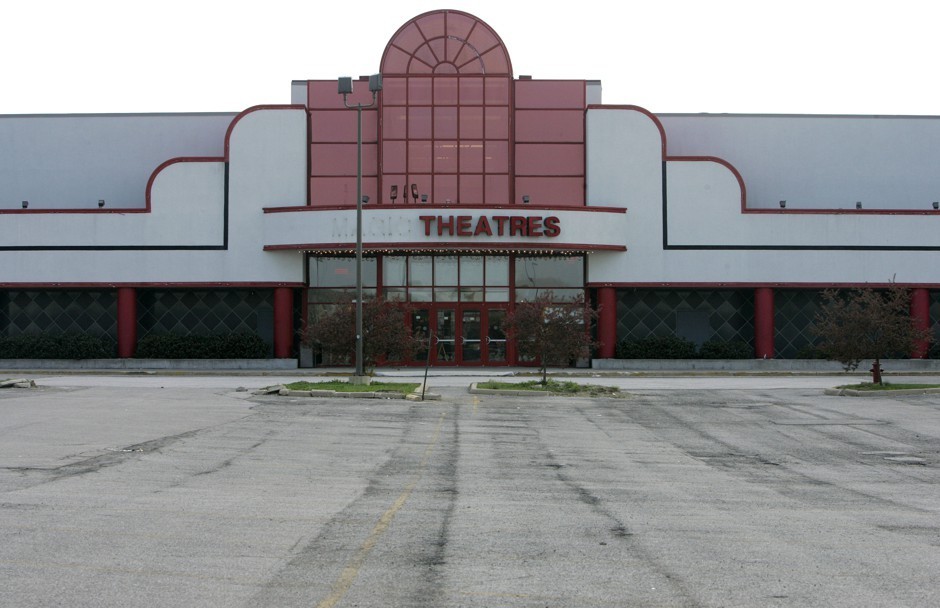
It isn’t just chain stores in economically distressed suburbs that are going belly up, but high-end luxury goods purveyors along the retail corridors of America’s leading cities, such as New York’s Madison Avenue, Rodeo Drive in Beverly Hills, and Chicago’s Miracle Mile. All told, roughly 100,000 retail jobs were lost between October 2016 and April 2017. In the next five years, one out of every four malls is projected to close, according to an analysis by Credit Suisse. The square footage of America’s already dead malls covers more land than the city of Boston.
But painful as this retail retrenchment may be, it creates real opportunities that cities and suburbs can take advantage of.
Much of what we are seeing is in fact a long-overdue correction. The United States devotes four times more of its real-estate square footage to retail, per capita, than Japan and France; six times more than England; nine times more than Italy; and 11 times more than Germany.
The way we shop is also undergoing a fundamental reset. As more and more people shop online, the stores that are drawing in customers are those that emphasize experiences. Customers want to sit on that new sofa, feel the weight of a stainless-steel skillet in their hands, and try out new gadgets.
In fact, the line between e-commerce and physical retail is not as hard and fast as most people think. The most successful virtual stores are currently increasing their physical presences. Amazon is opening up bookstores, and with its acquisition of Whole Foods, it has gained a footprint in hundreds of affluent cities and suburbs. As the physical embodiment of Apple’s brand proposition, Apple Stores showcase cutting-edge designs, provide service and advice, build community, and are a big part of what differentiates Apple from its competition.
WeWork’s takeover of Lord & Taylor could be a good portent for urban economies. Work, not shopping, is the key to urban productivity and growth. When asked why rents are so high in cities like New York and Chicago, the Nobel Prize-winning economist Robert Lucas famously answered that it had nothing to do with the availability of high-end shopping; higher urban rents, he said, are a function of higher urban productivity.
The back-to-the-city movement is driven by the preferences of talented people for urban amenities, including places like mom-and-pop shops and small hardware stores that are increasingly threatened by sky-rocketing rents that only big retail chains and luxury brands can afford to pay. However, as those companies scale back their retail, real-estate developers have an opportunity to refill their storefronts with independent, artisanal, and local shops. While property owners will take a hit on commercial rents, the overall value and desirability of their buildings will likely rise.
The problems confronting distressed suburbs and rural communities run much deeper than the retail blight that stands as a physical symbol of the economic crisis they face. Yet a striking number of such communities are developing innovative strategies to transform their empty malls and big-box stores, and the acres upon acres of asphalt parking lots around them, into more productive assets for future growth.
The old Highland Mall in East Austin, Texas, is now occupied by Austin Community College, which built a high-tech math lab on the second floor of a former J.C. Penney and is building student housing in the parking lots. With a new light-rail stop, the area is becoming a hub for local employers.
Some of the most ambitious mall redevelopments are becoming mixed-use neighborhoods. The Villa Italia Mall in Lakewood, Colorado, outside Denver, was almost completely demolished to make way for a new street grid lined with offices, arts facilities, parks, and residences, as well as new stores. The project is already generating four times the tax revenues that the old mall did. In the Denver metro, eight of 13 malls are currently in some stage of rehabilitation to more productive uses.
These examples are just the tip of the iceberg. Dunham-Jones and Williamson estimate that there as many as 650 mall retrofits in some phase of development across the country. From megachurches to indoor paintball parks, former malls and retail spaces are being converted to all manner of uses that better reflect the way we live. Instead of bemoaning the (admittedly exaggerated) death of retail, we should applaud and deepen these efforts to turn old shopping centers and chain storefronts into more viable and productive community assets.
Avots: Citylab